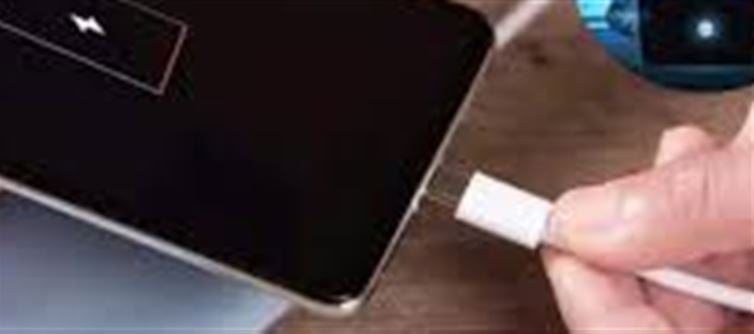
Smartphones are an essential part of daily life, and running out of battery is a common problem. Many people instinctively ask others for a charger in emergencies. However, security experts warn that borrowing chargers from others can be risky for your device and personal data.
Ethical hacker Ryan Montgomery recently highlighted that some charging cables and public chargers may contain hidden hacking devices, putting your smartphone at risk.
🔹 How a Charger Can Be Dangerous
1. Malicious Charging Cables:
o Some cables are designed to transfer data secretly, not just power.
o Hackers can use these cables to access personal information, install malware, or steal passwords.
2. Public USB Ports:
o Charging at airports, cafes, or public stations can expose your phone to “juice jacking” attacks.
o In juice jacking, hackers manipulate the USB connection to extract sensitive data while charging.
3. Hidden Hardware Devices:
o Tiny devices embedded inside a charger can record keystrokes, messages, or even account credentials.
o These attacks are often invisible and can compromise security without the user noticing.
🔹 How to Charge Your phone Safely
1. Use Your Own Charger: Always carry your own cable and adapter.
2. Avoid Public USB Ports: Prefer wall sockets over public USB charging points.
3. Use Power-Only Cables: These cables only transmit power, not data, eliminating the risk of data theft.
4. Portable Power Banks: A trusted power bank can be a safer alternative when traveling.
5. Check for Unusual Activity: Monitor your phone for strange behavior after charging elsewhere.
🔹 Key Takeaways
· Borrowing chargers from unknown sources can compromise your phone and data security.
· Hidden devices in cables or public charging stations can steal passwords, photos, or financial info.
· Carrying your own charger or power bank is the safest way to avoid these risks.
✅ Conclusion
In today’s wallet PLATFORM' target='_blank' title='digital-Latest Updates, Photos, Videos are a click away, CLICK NOW'>digital age, even a simple act like borrowing a charger can lead to serious security issues. Users must prioritize safe charging habits, use trusted cables, and avoid unknown sources to keep their smartphones and personal data secure.
Disclaimer:
The views and opinions expressed in this article are those of the author and do not necessarily reflect the official policy or position of any agency, organization, employer, or company. All information provided is for general informational purposes only. While every effort has been made to ensure accuracy, we make no representations or warranties of any kind, express or implied, about the completeness, reliability, or suitability of the information contained herein. Readers are advised to verify facts and seek professional advice where necessary. Any reliance placed on such information is strictly at the reader’s own risk..jpg)




 click and follow Indiaherald WhatsApp channel
click and follow Indiaherald WhatsApp channel